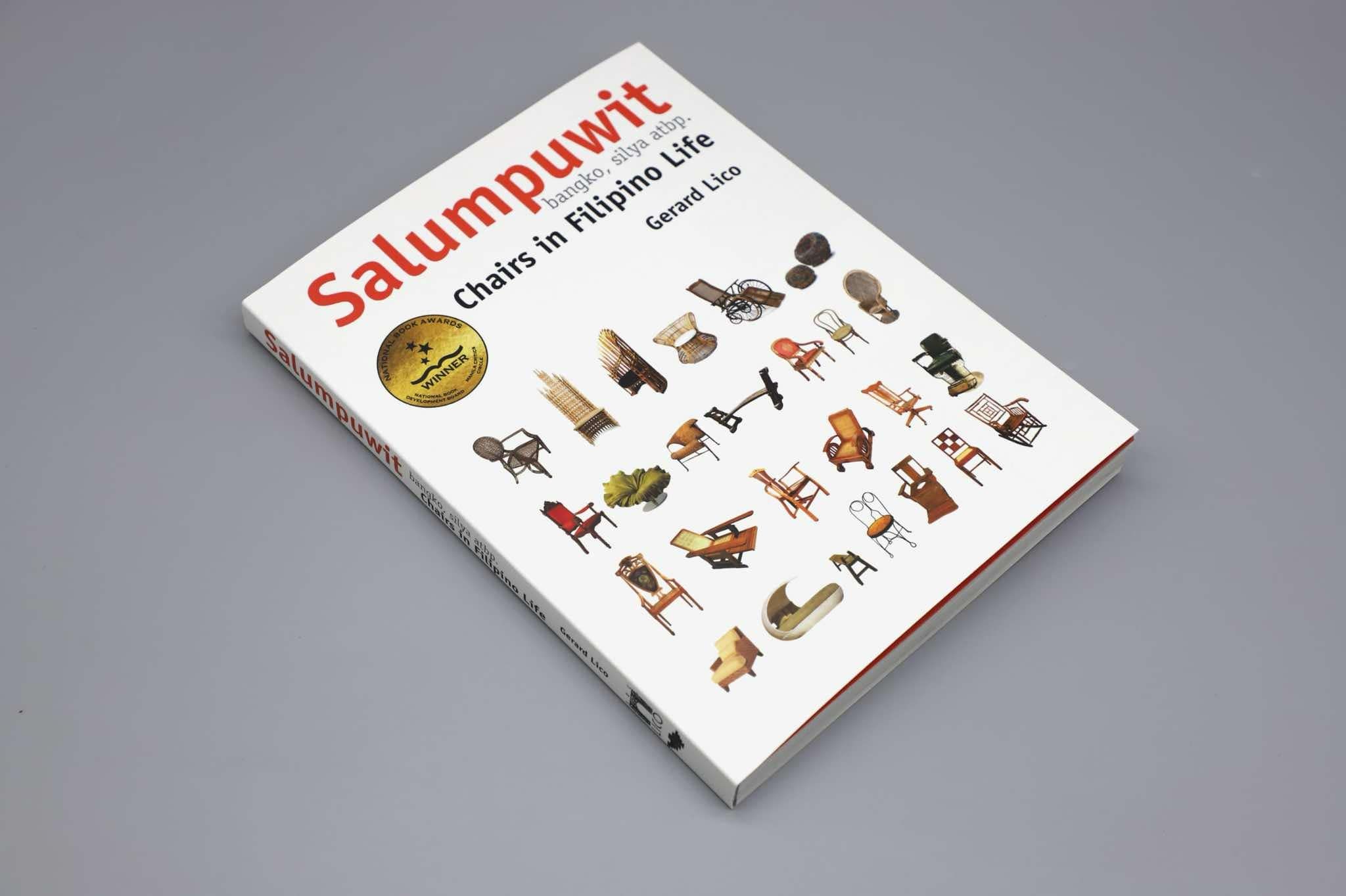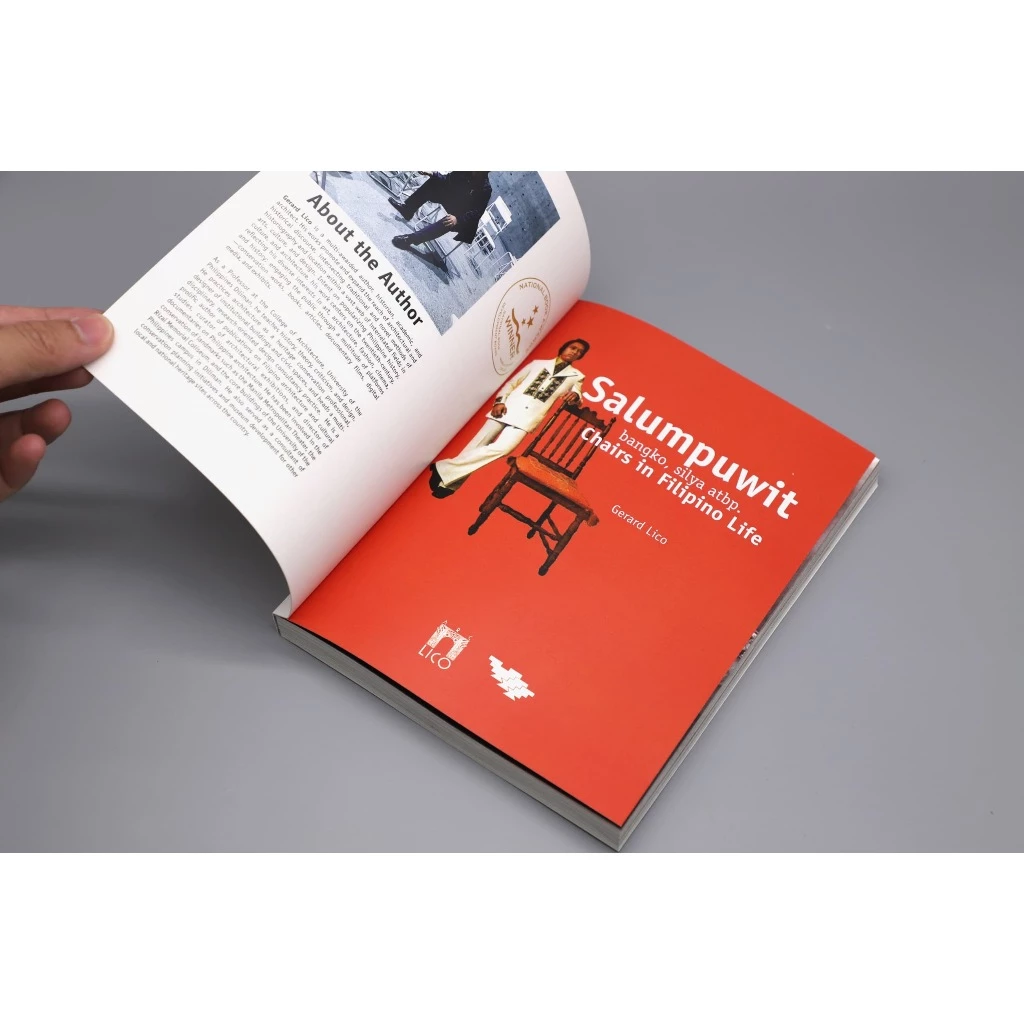

Where do we sit? How do we sit? Why do we sit? The book counts the ways. And this is just but the first sitting in the exploration of the many context within which the Philippine chair finds its place in the furniture of history.
Chairs are products and agents of their socio-cultural contexts. They reflect and affect society. The combination of the words salumpuwit, bangko and silya is evocative, encapsulating the plural Filipino chair lexicon: Salumpuwit is a Filipino word meaning “ass-catcher”; bangko is from the Austronesian “bangku”; and silya is from the Spanish “silla”. The richness of the vocabulary of the chair in Philippine life bespeaks of the level of hybridity and foreign influences that were successfully appropriated in its production, manifested not only in the physical aspects of craftsmanship and architectonics of style, but in the embedded ideological meanings and values as well. In this respect, the chair becomes a physical and symbolic site designed and created for bodies to inhabit. Chairs can be symbols of authority. They can be instruments of discipline. They can reflect international trends and politics of style. Understanding chairs requires insights into the many forces that have affected forms and functions.